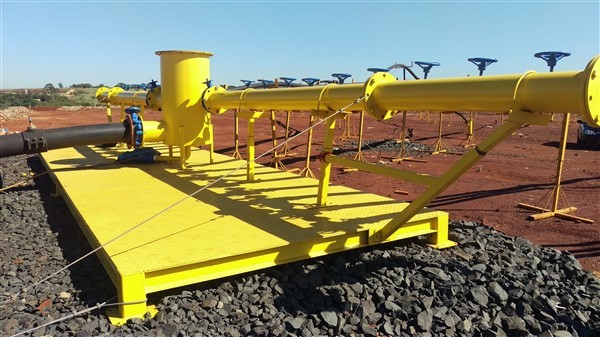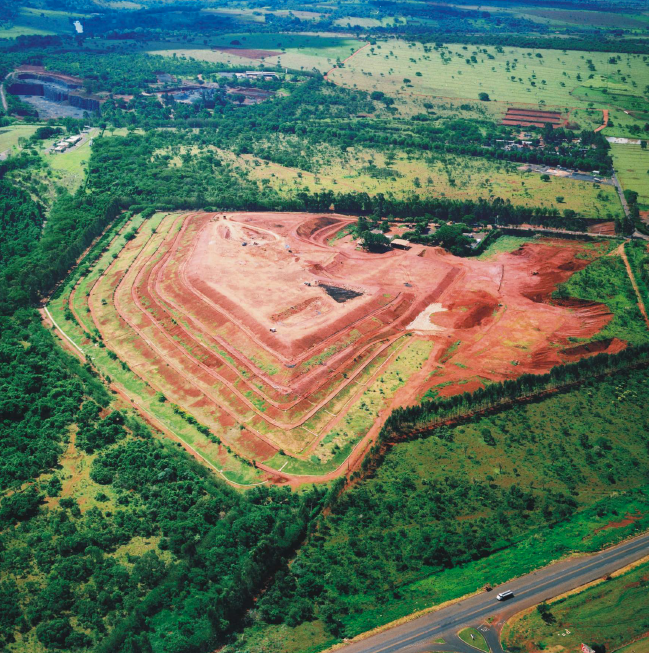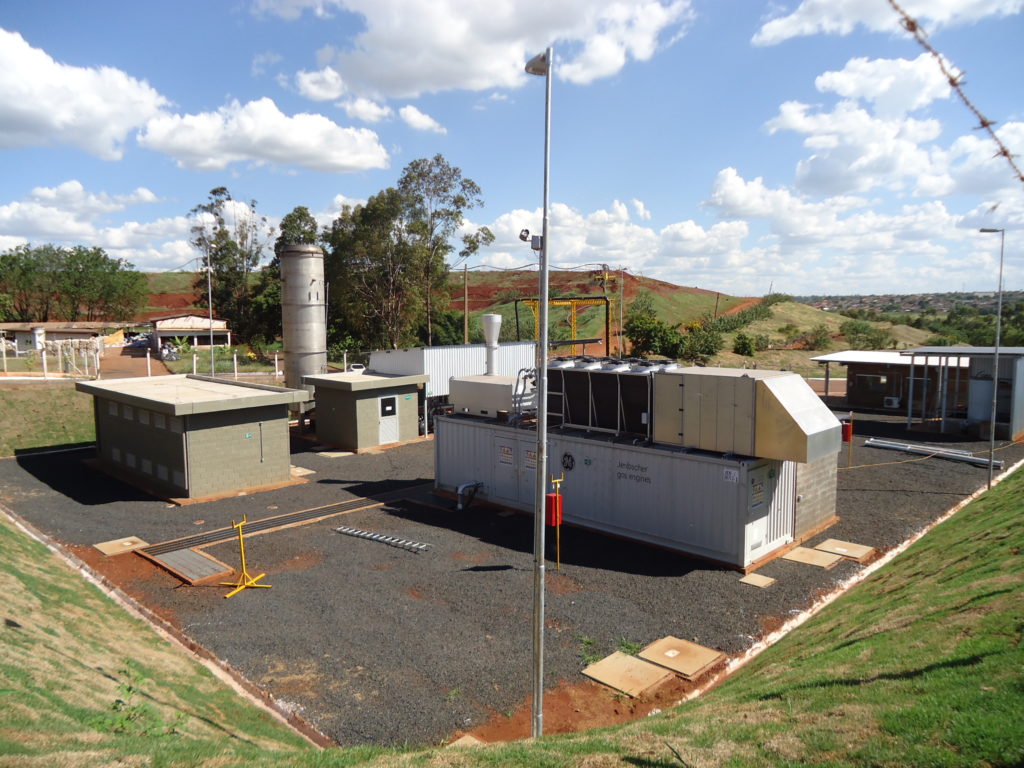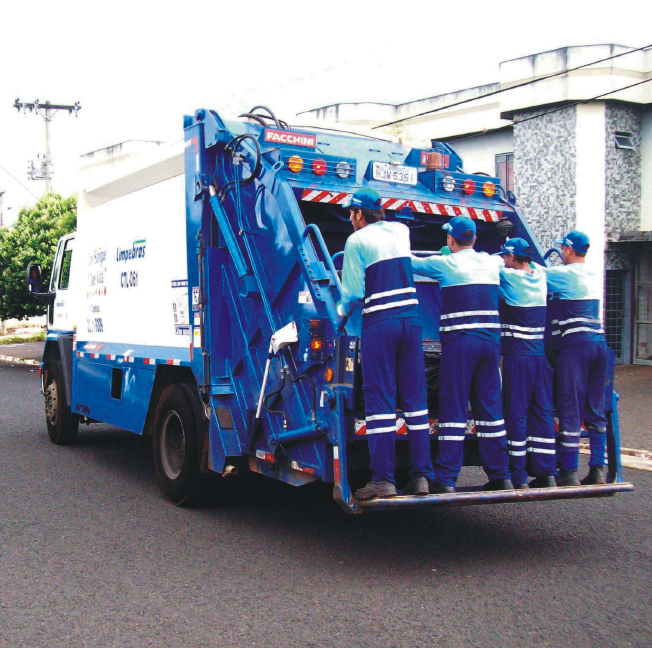We have now offset another 25,000 ton CO2eq in a Gold Standard certified project! Thank you for taking part in this!
For the first time, we are investing in a project located in Brazil. Parabéns to us! The project is a Landfill to Gas Energy Project located in Uberlândia, in the state of Minas Gerais. Here, greenhouse gas emissions from two adjacent landfills are collected and converted into energy.

How does this work? As in most places in the world, the garbage that is generated by the local population is collected by garbage collectors and taken to a solid waste deposal site, also known as a landfill. In this case, this is done by a local company called Limpebrás Resíduos Ltda. The first of the Uberlândia landfills received waste from 1995 to 2010, and the second one started in 2010 with an expected 18 years of lifetime. Uberlândia I has during its operation received approximately 2,100,000 tonnes of domestic waste! This is being treated with significant care for the environment to prevent environmental damage, especially to avoid leachate into the ground.

But the contamination is not the only concern for landfills. The decomposing of organic waste in the landfill is also causing significant emissions of the greenhouse gas methane, CH4. Methane is a less common but stronger greenhouse gas than CO2, so the climate impact is about 25 times higher! This is why we in some places (like in Sweden) can collect separated organic waste and turn it into energy. However, this infrastructure is not yet available in all parts of the world. So, this project instead aims to collect the methane that is generated at the existing landfills, then combust it in a contained environment in order to produce energy for the local energy grid. The project will last for as long as the landfills release methane, which is until a few years after the landfill is full.

Some people call this renewable energy. We are not too happy with that definition, as garbage in itself is not a renewable resource. Project Drawdown calls this “a transitional strategy for a world that wastes too much” – which we agree with. “In a sustainable world, waste would be composted, recycled, or re-used; it would never be thrown away because it would be designed at the outset to have residual value, and systems would be in place to capture it”. GoClimate fully supports this statement, while recognizing that we are not there yet. As the waste is already at the landfill and causing these emissions as we speak, we’re on board to do what we can to stop them and turn it into energy, until the global waste management can catch up in terms of reduction and recycling. Given the climate urgency, this is not an either-or question, we need to do both!

Apart from the reduced emissions from collecting the methane, we are also helping to displace fossil fuels as we provide alternative energy to the network. The project is also creating more qualified job opportunities for the local population, and the monitoring of the project has not found any negative impact for the people who do ad-hoc recycling of the garbage. Finally, the project has also reduced the odor coming from the landfill. When the project was initiated, there were no landfill to gas projects in the country which did not receive additional financing from carbon credits, so we feel confident that this is a project with high additionality.
Read more about the project in the Gold Standard Registry or in the CDM Registry
See our retired credits HERE
Want to contribute to this, and other similar projects? Calculate your carbon footprint and transition to a climate neutral life today!
Want to learn more.